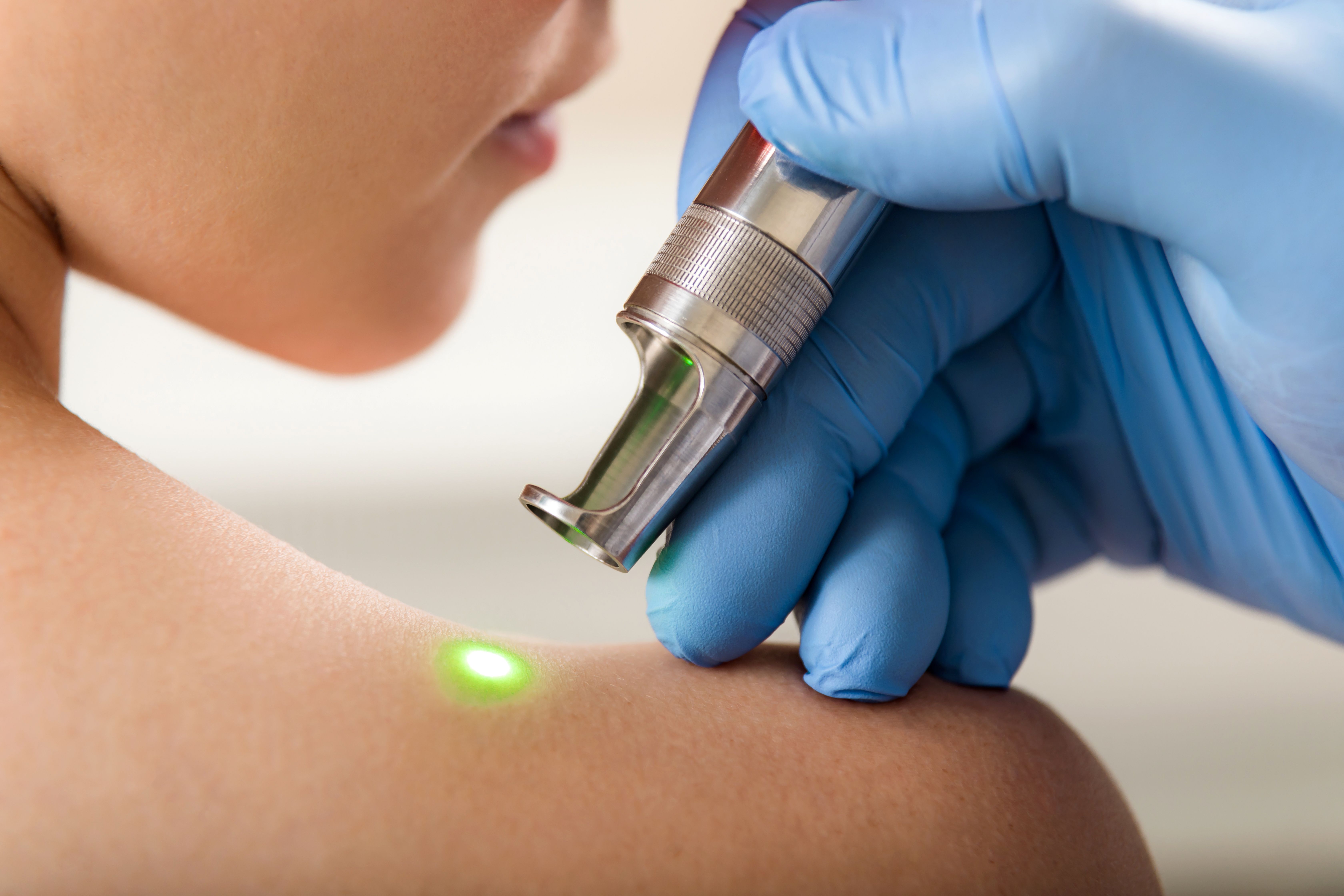- Acne
- Actinic Keratosis
- Aesthetics
- Alopecia
- Atopic Dermatitis
- Buy-and-Bill
- COVID-19
- Case-Based Roundtable
- Chronic Hand Eczema
- Drug Watch
- Eczema
- General Dermatology
- Hidradenitis Suppurativa
- Melasma
- NP and PA
- Pediatric Dermatology
- Pigmentary Disorders
- Practice Management
- Precision Medicine and Biologics
- Prurigo Nodularis
- Psoriasis
- Psoriatic Arthritis
- Rare Disease
- Rosacea
- Skin Cancer
- Vitiligo
- Wound Care
News
Article
Novel Injection Technique Prevents Sunken Cheek in Masseter Hypertrophy Treatment
Author(s):
Key Takeaways
- A novel BoNT-A injection technique improves sunken cheeks in masseter hypertrophy, with high patient satisfaction and safety.
- The study involved 43 female participants, with injections customized based on muscle characteristics and sunken cheek severity.
The method was safe and effective with high patient satisfaction rates 4 weeks post-injection.
Image Credit: © Alan - stock.adobe.com

Researchers tested a novel injection technique that safely prevents the exacerbation of sunken cheek after botulinum toxin A (BoNT-A), specifically for masseter hypertrophy.1 Sunken cheek improved in all participants, with a good safety profile and high satisfaction rates.
Masseteric hypertrophy adds width to the jawline, affecting patients’ overall facial aesthetics and psychological well-being.2 BoNT-A injections have become a common therapy in recent years, even with common complications like chewing weakness, paradoxical bulging, sunken cheeks, and a sunken temporal fossa.
The prospective, evaluator-blind study included 43 female patients and took place from November 2023 to February 2024. The average age was 27.47 years, with the youngest patient being 21 and the oldest being 38. All participants had a broad or square-shaped lower face with some degree of sunken cheeks before treatment.
The solution was injected at 3 points on the jawline. Half the dose was injected at the most prominent point while 25% was injected into the other 2 sections, 1 centimeter away from the most prominent point. The dosage varied by patient and was determined based on muscle thickness, classification, contracted strength, and the degree of sunken cheek.
“This technique's key innovation involves redefining the upper boundary of the masseter injection area, thereby improving masseter hypertrophy while mitigating the risk of worsening cheek depression,” the authors said.
The change in sunken cheek was evaluated through photographs prior to therapy and 4-weeks post-injection. Telephone follow-ups also occurred at weeks 1, 2, and 4. The validated assessment scales for the midface by Jean Carruthers were used. Subjective patient perception and satisfaction levels were also considered.
Before treatment, 9 hemifacial regions were grade 0, 59 were grade 1, and 10 were grade 2. At week 4, these numbers changed to 13 with grade 0, 59 with grade 1, and 10 with grade 2. 4 cases of mildly sunken cheek improved to full cheek, while 1 case of moderately sunken cheek improved to mildly sunken. At the 4-week follow-up, 41 patients said that they would undergo a repeat treatment, and sunken cheek did not worsen in any participants. However, no statistically significant differences were noted (p > 0.05).
At the 4-week follow-up, all patients were pleased with the results. Specifically, 60.47% were very satisfied, 37.21% were satisfied, and 2.33% were somewhat satisfied. There were some minor adverse reactions reported in all participants’ safety follow-ups. The most common were bruising, swelling, soreness, weakness, and paradoxical masseteric bulging. Most occurred within the first 2 weeks after injection and improved on their own.
Several limitations must be noted, including the short follow-up and the small sample with only female participants. Longer, future research with improved data collection methods can address these.
“This approach offers valuable insights for clinical practice in masseter injections and provides a foundation for future refinements in injection techniques to improve patient satisfaction,” the authors concluded.
Sunken cheek is more common in patients with higher cheekbones and less prominent cheek fat pads. Higher injection sites and dosages can also affect this.3 The reduction in volume around the cheeks is viewed as both a benefit and disadvantage to BoNT-A, depending on different cultures. In Caucasians, slimmer sunken cheeks are usually viewed as healthy while Asians view it as a sign of malnutrition or fatigue.
References
1. Huang SL, Guo Y, Liu J, et al. A Novel Injection Technique to Prevent Exacerbation of Sunken Cheek After Botulinum Toxin Type A Treatment for Masseter Hypertrophy: A Prospective Clinical Study. J Cosmet Dermatol. 2025;24(4):e70120. doi:10.1111/jocd.70120
2. Almukhtar RM, Fabi SG. The Masseter Muscle and Its Role in Facial Contouring, Aging, and Quality of Life: A Literature Review. Plast Reconstr Surg. 2019;143(1):39e-48e. doi:10.1097/PRS.0000000000005083
3. Peng HP, Peng JH. Complications of botulinum toxin injection for masseter hypertrophy: Incidence rate from 2036 treatments and summary of causes and preventions. J Cosmet Dermatol. 2018;17(1):33-38. doi:10.1111/jocd.12473
Newsletter
Like what you’re reading? Subscribe to Dermatology Times for weekly updates on therapies, innovations, and real-world practice tips.















